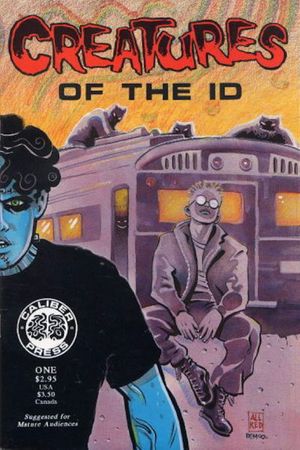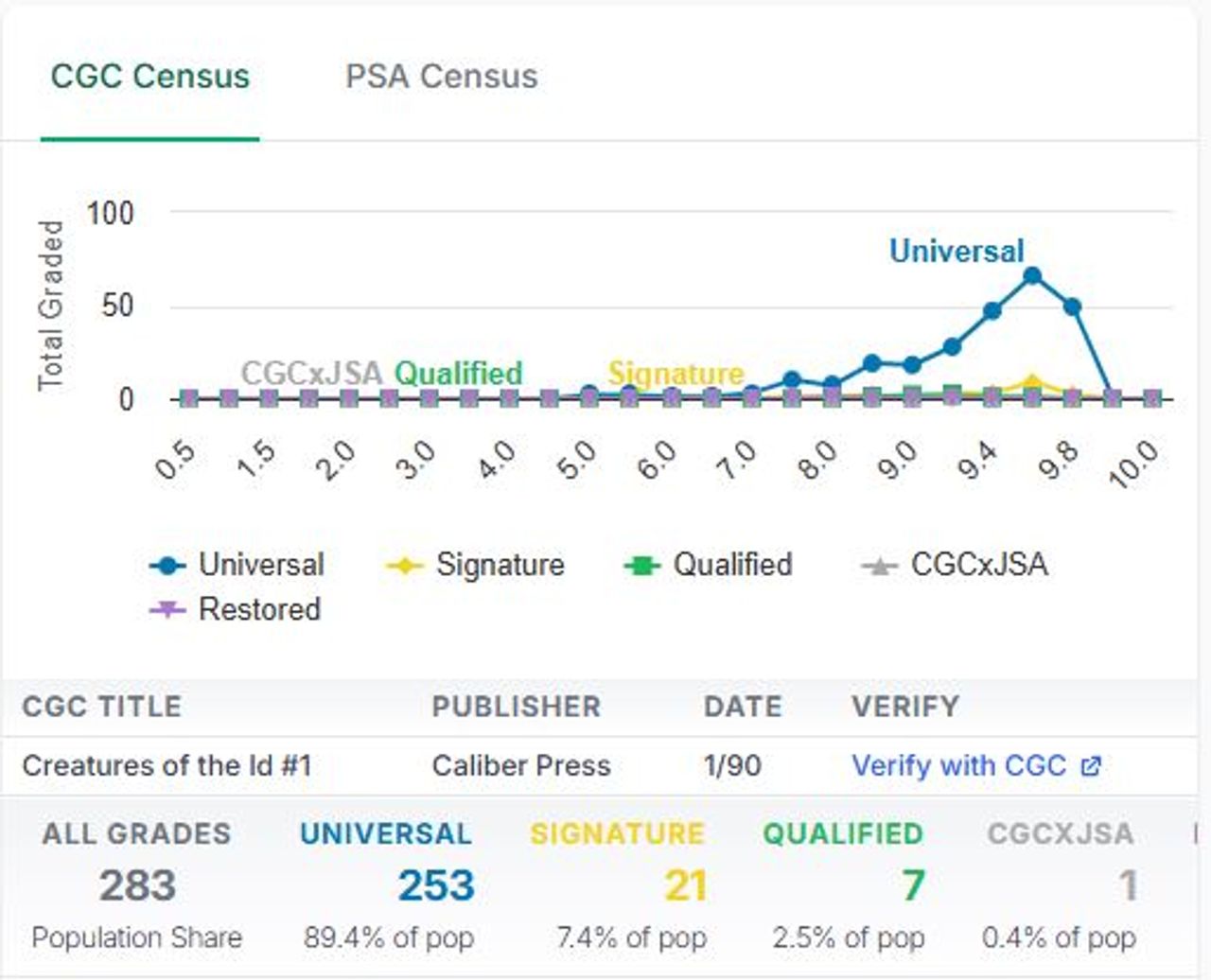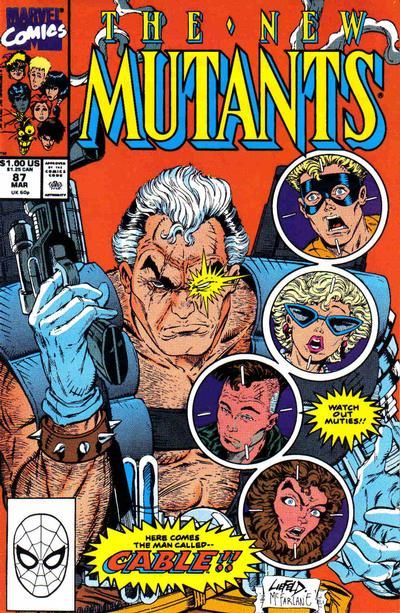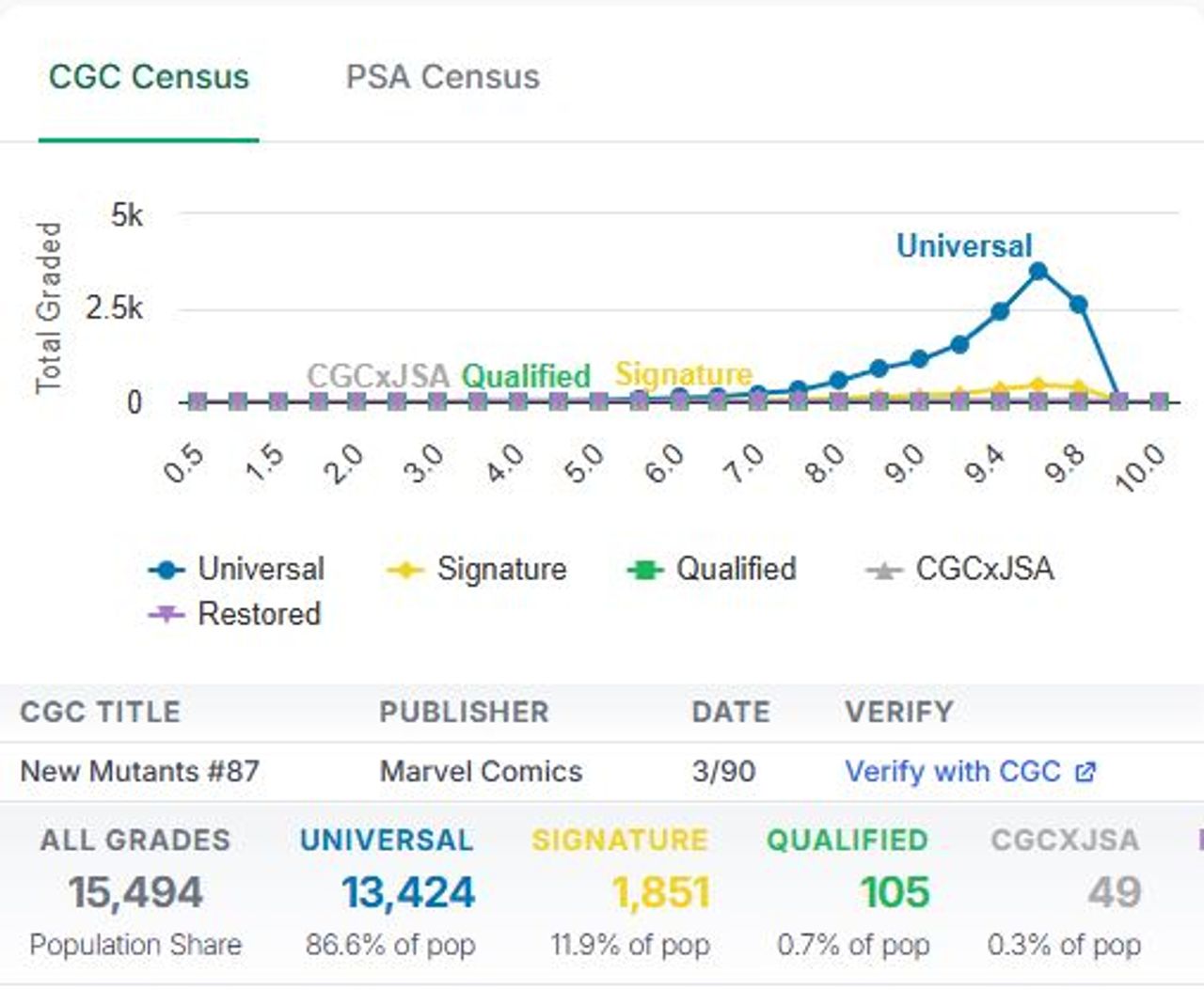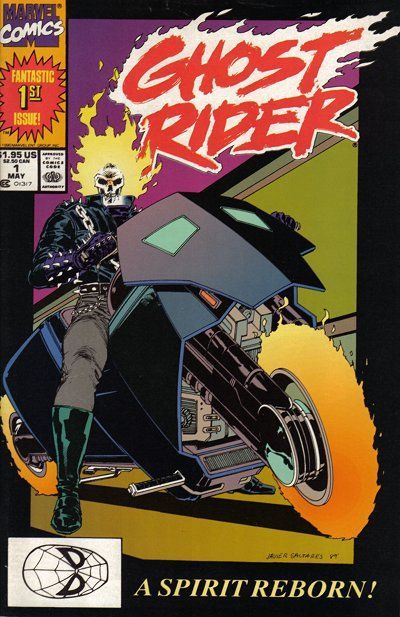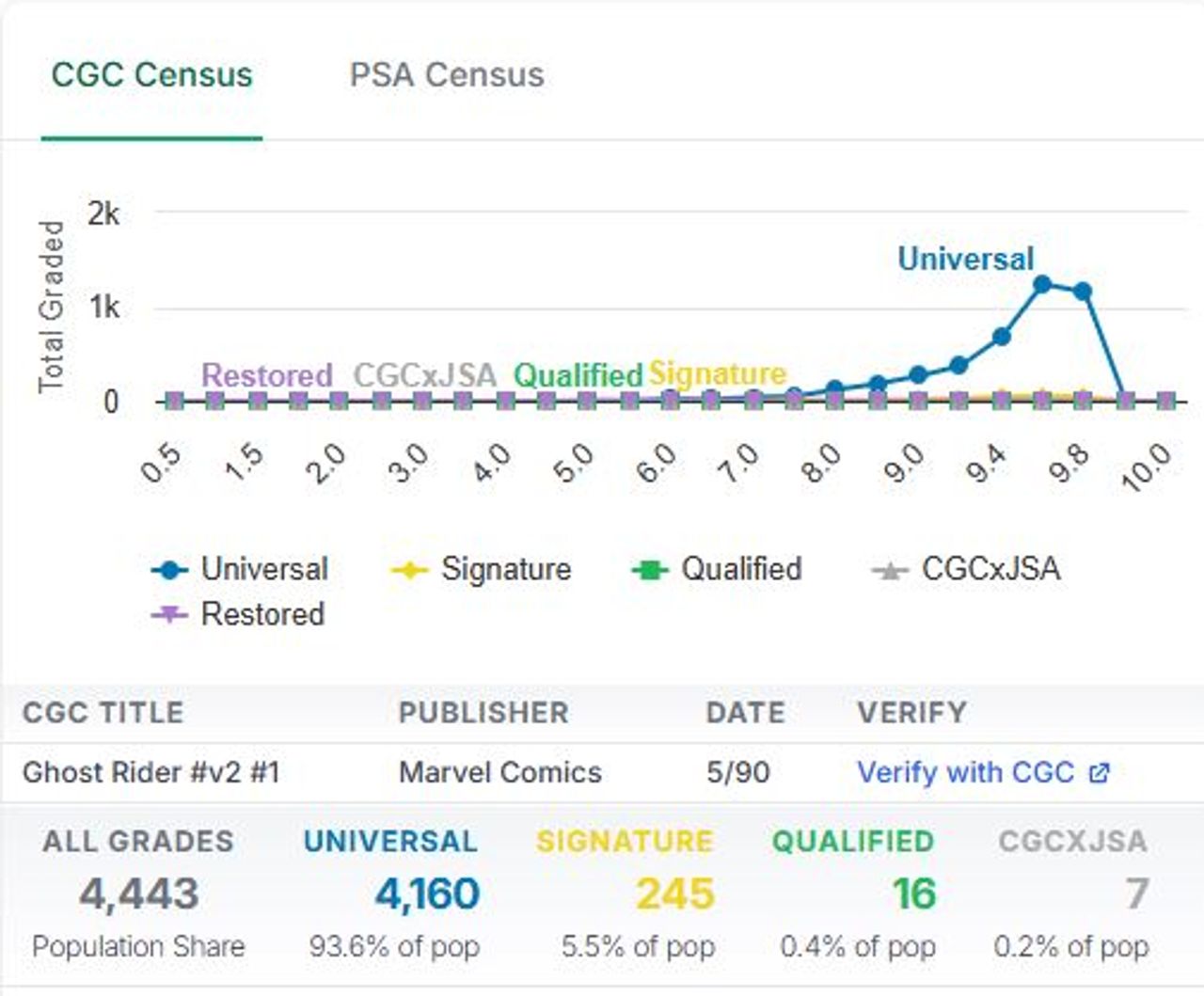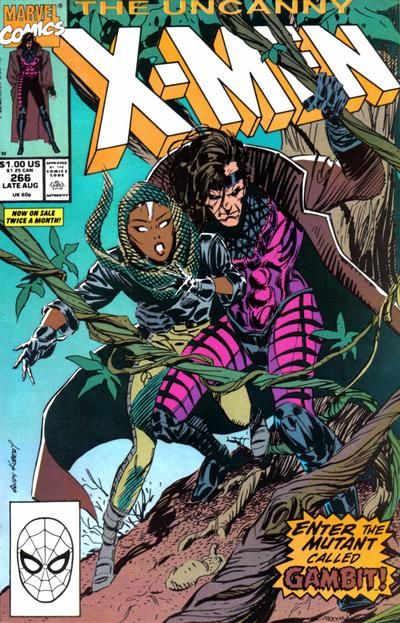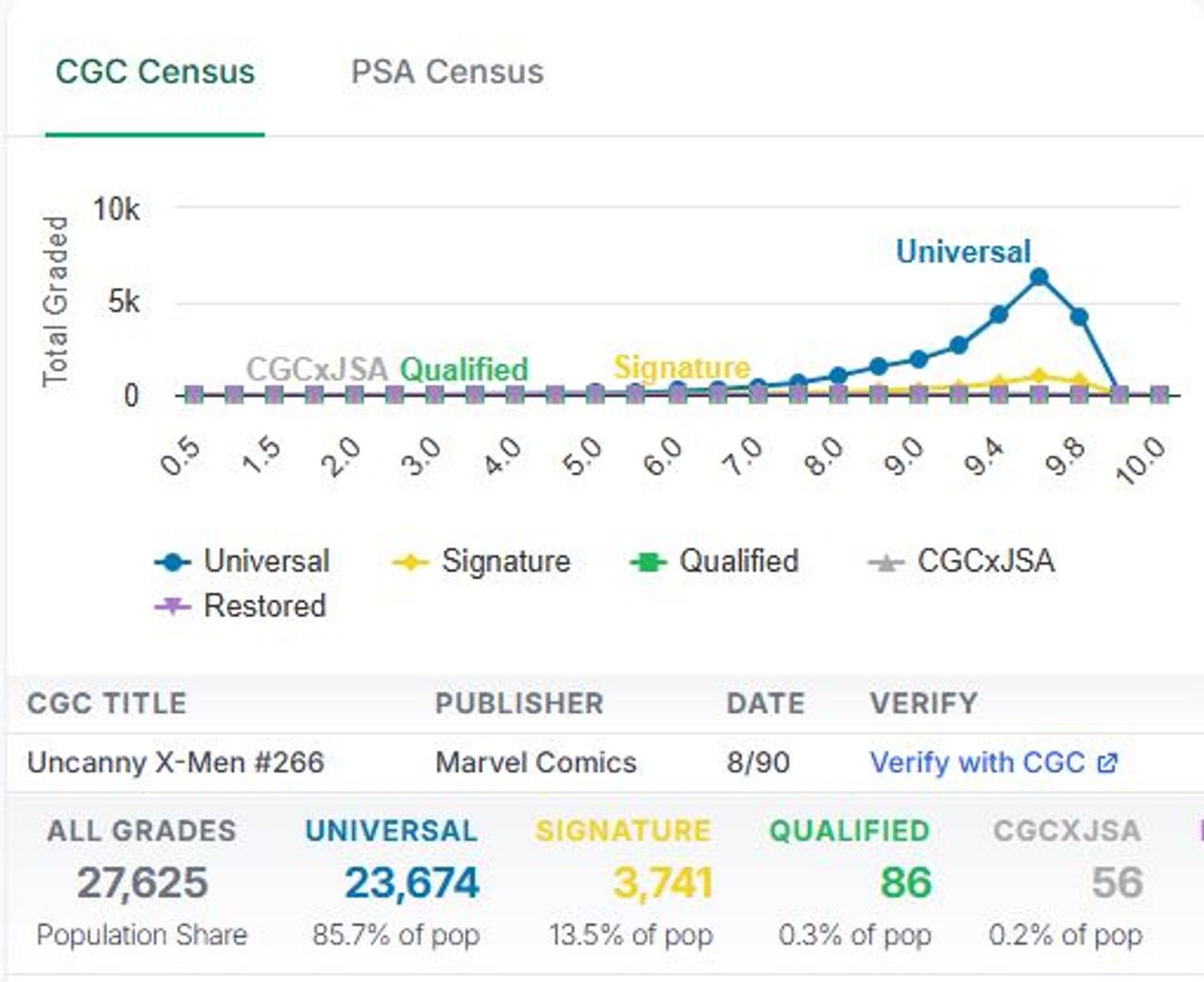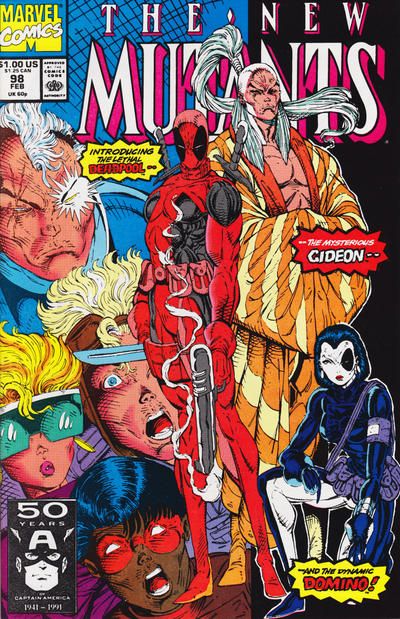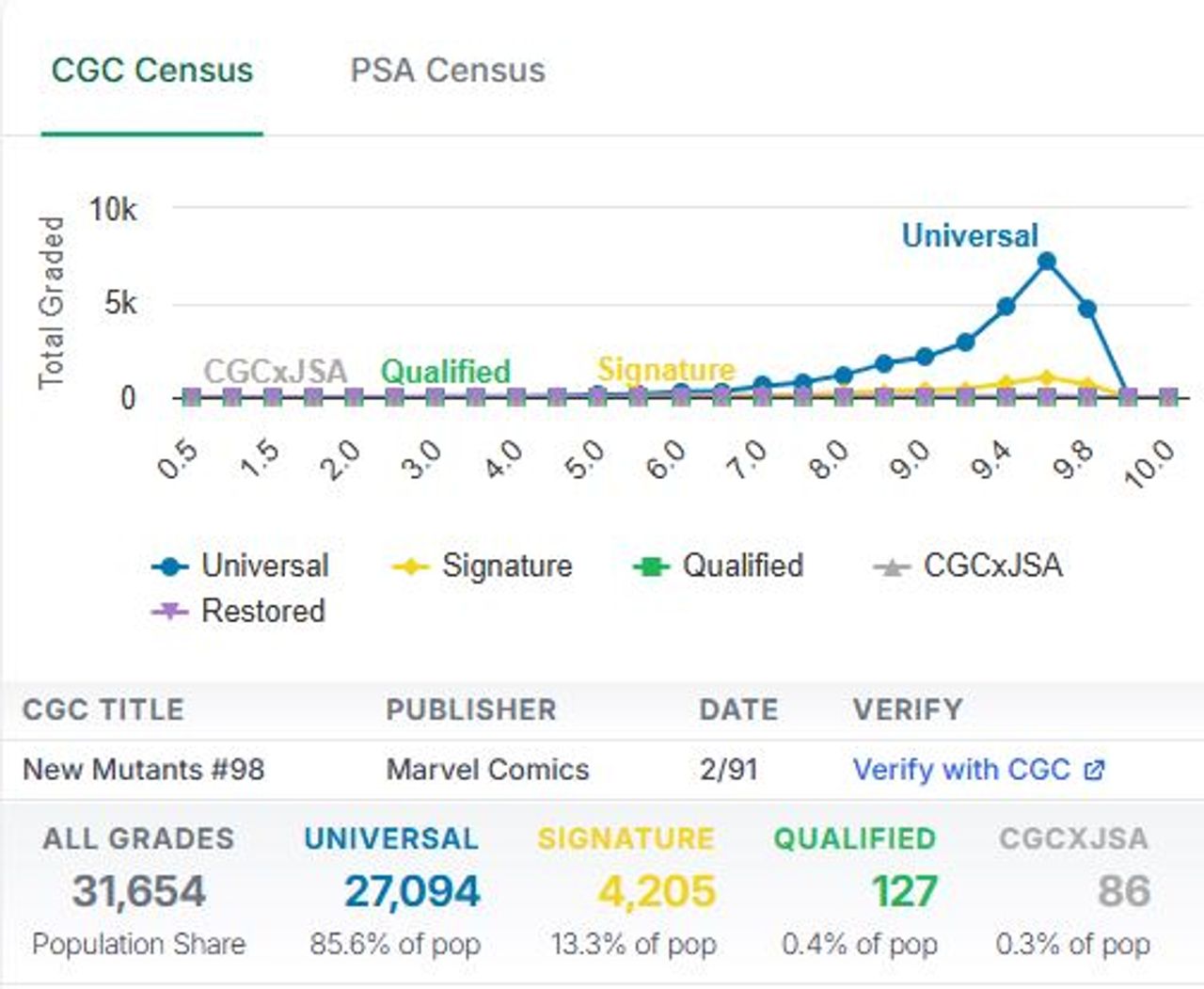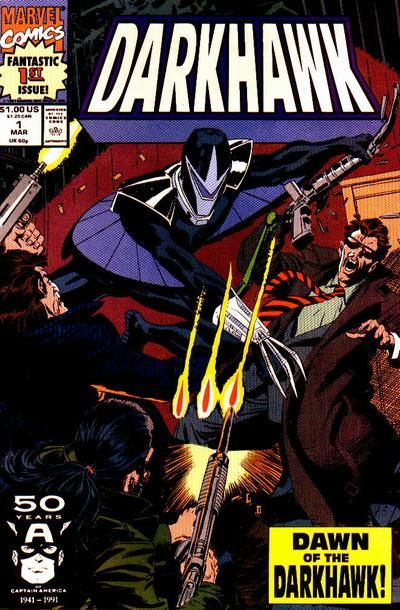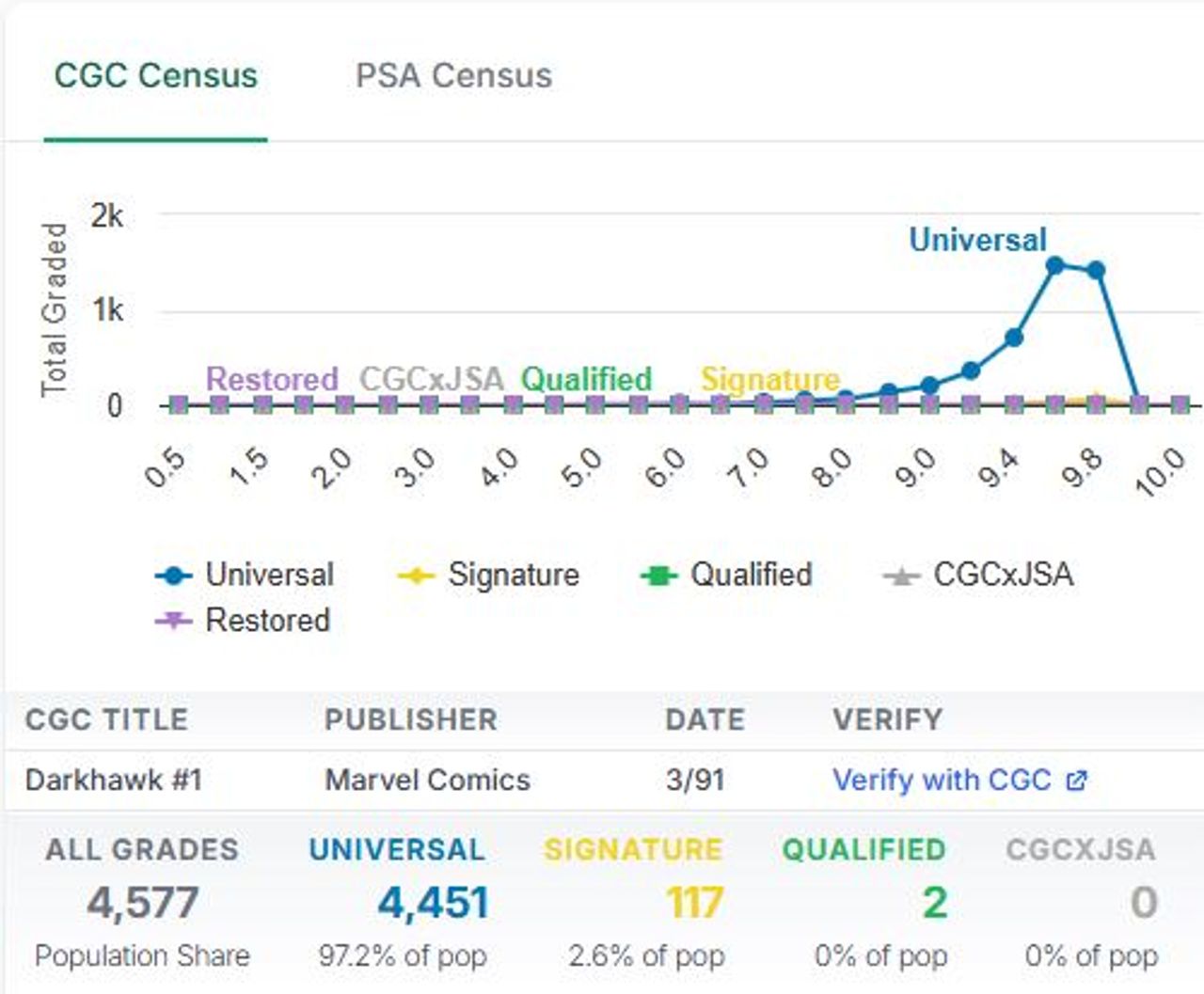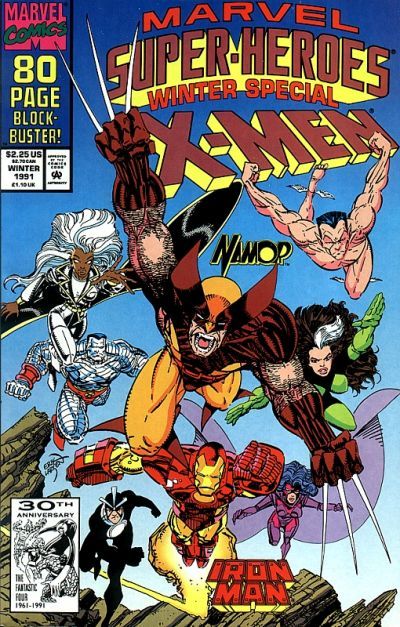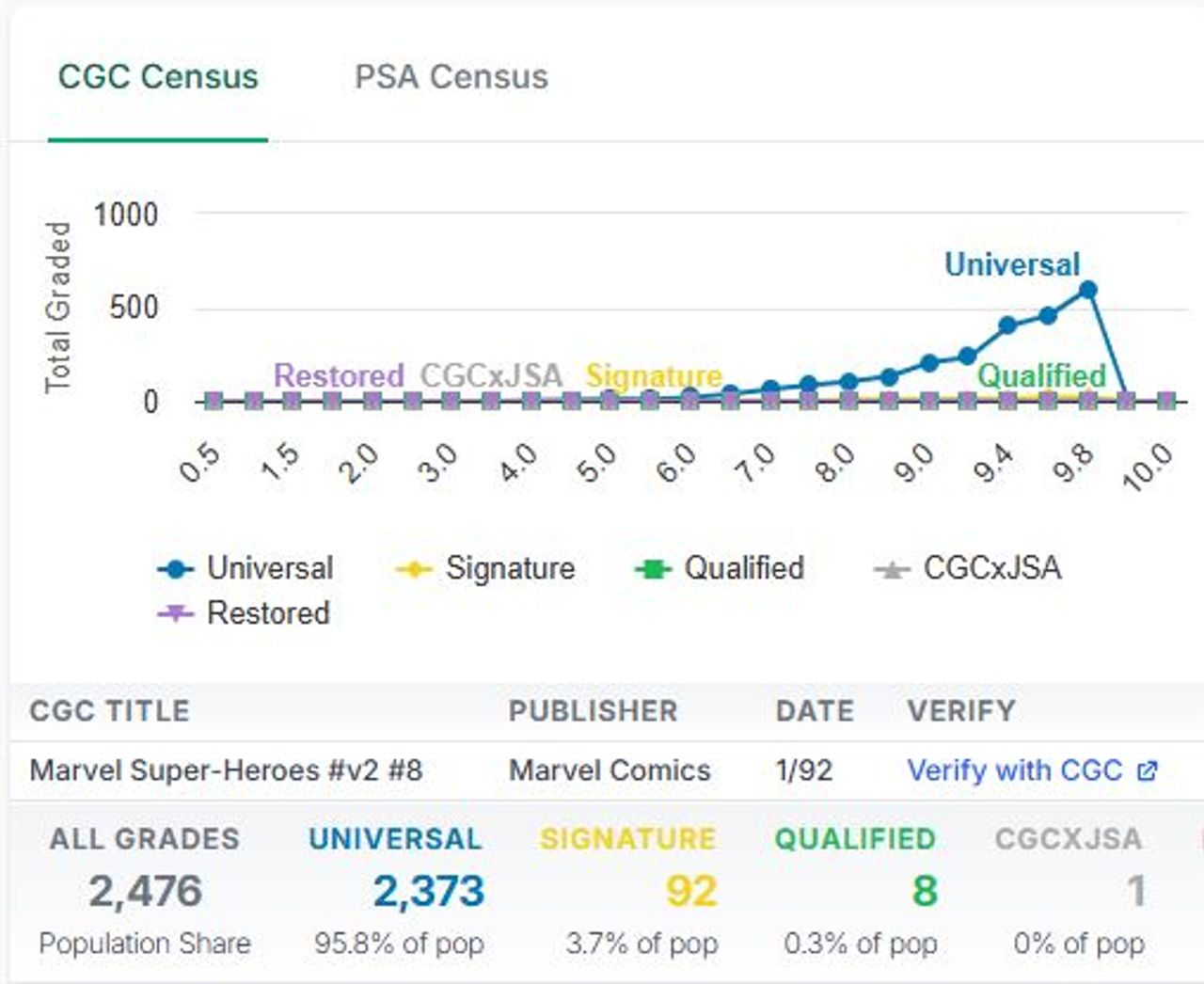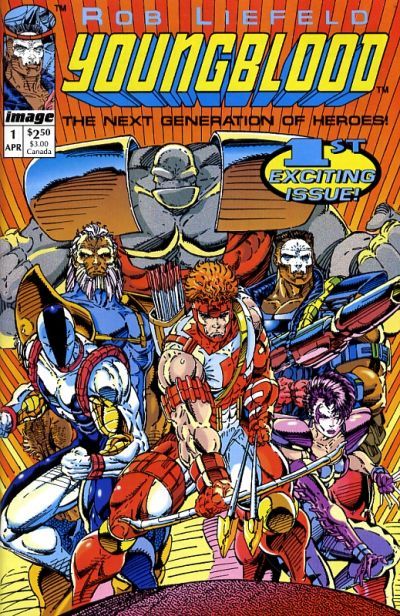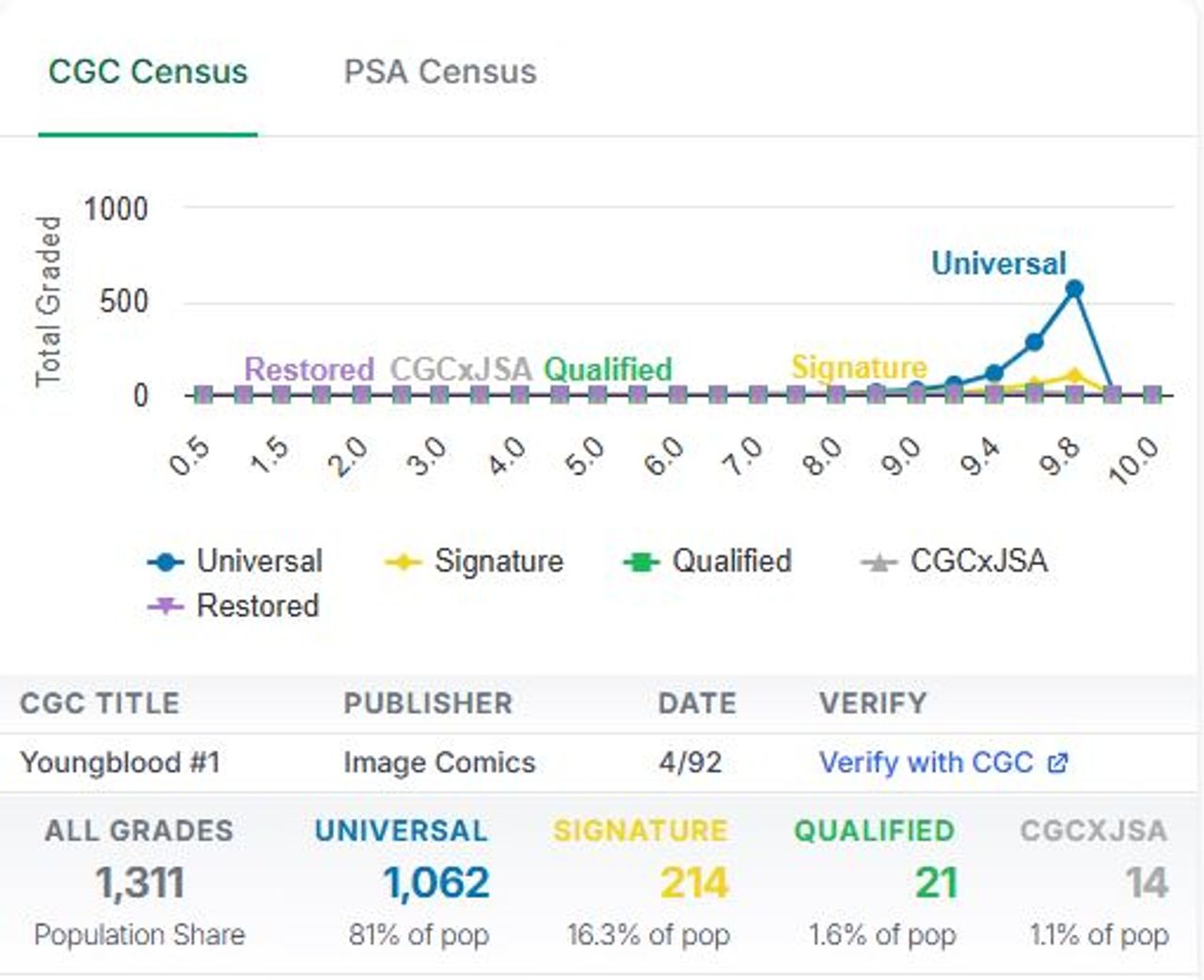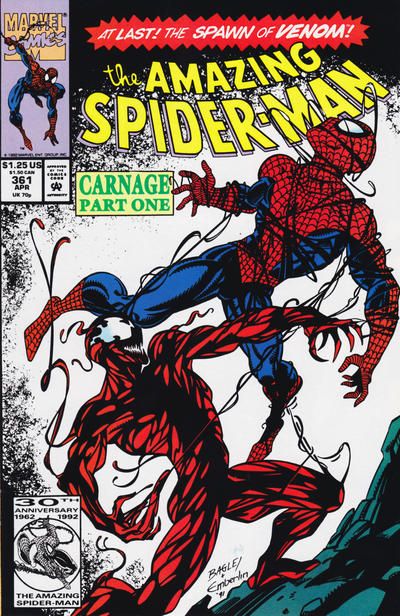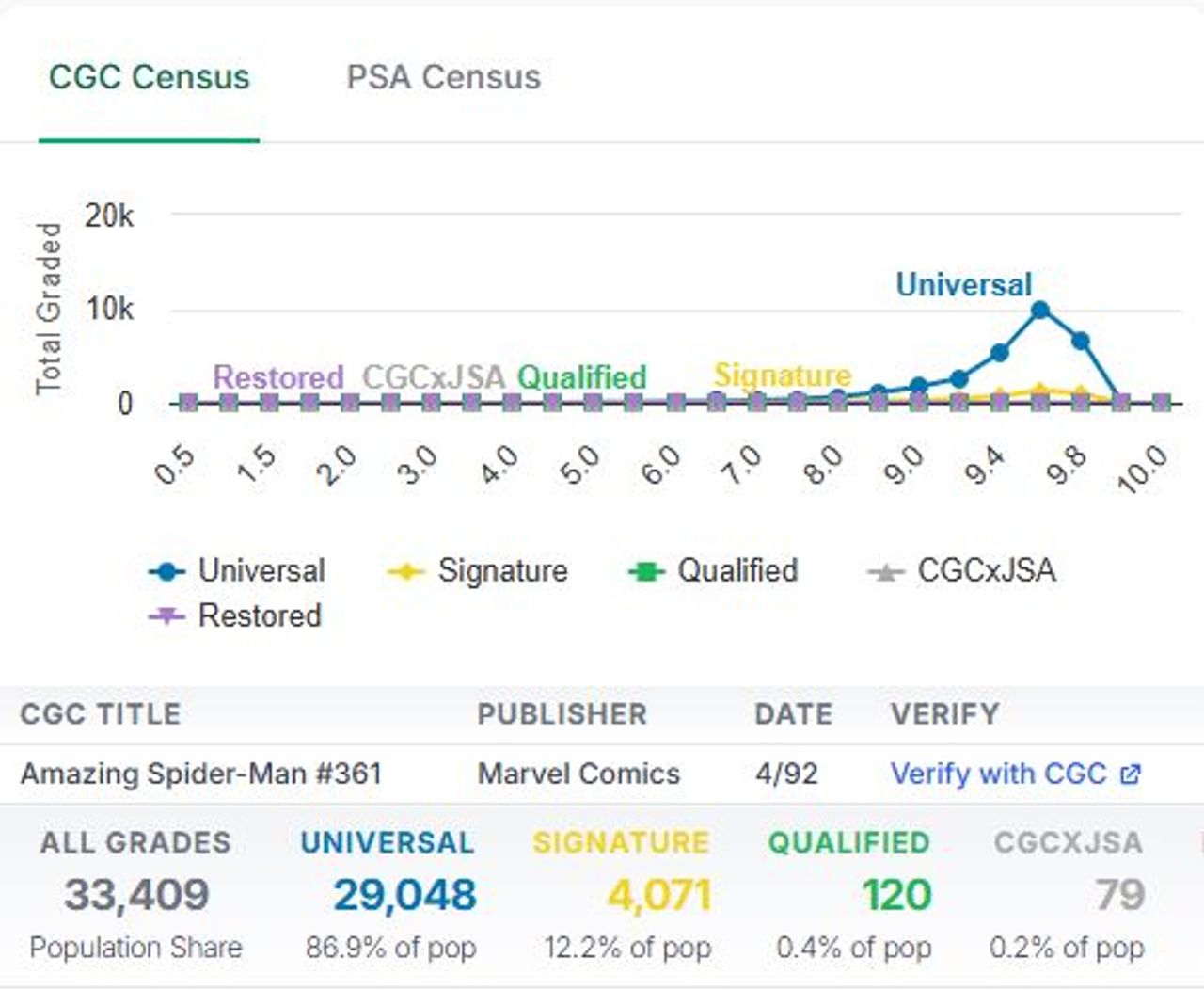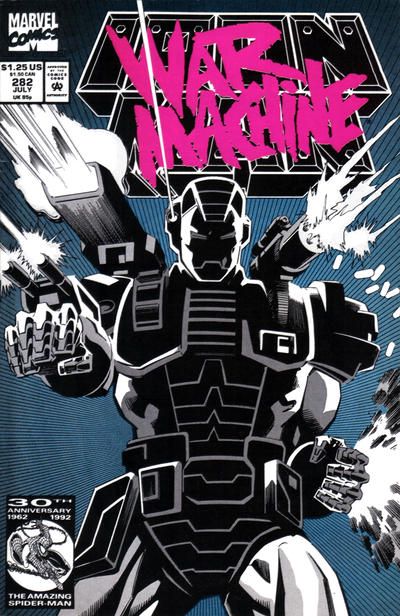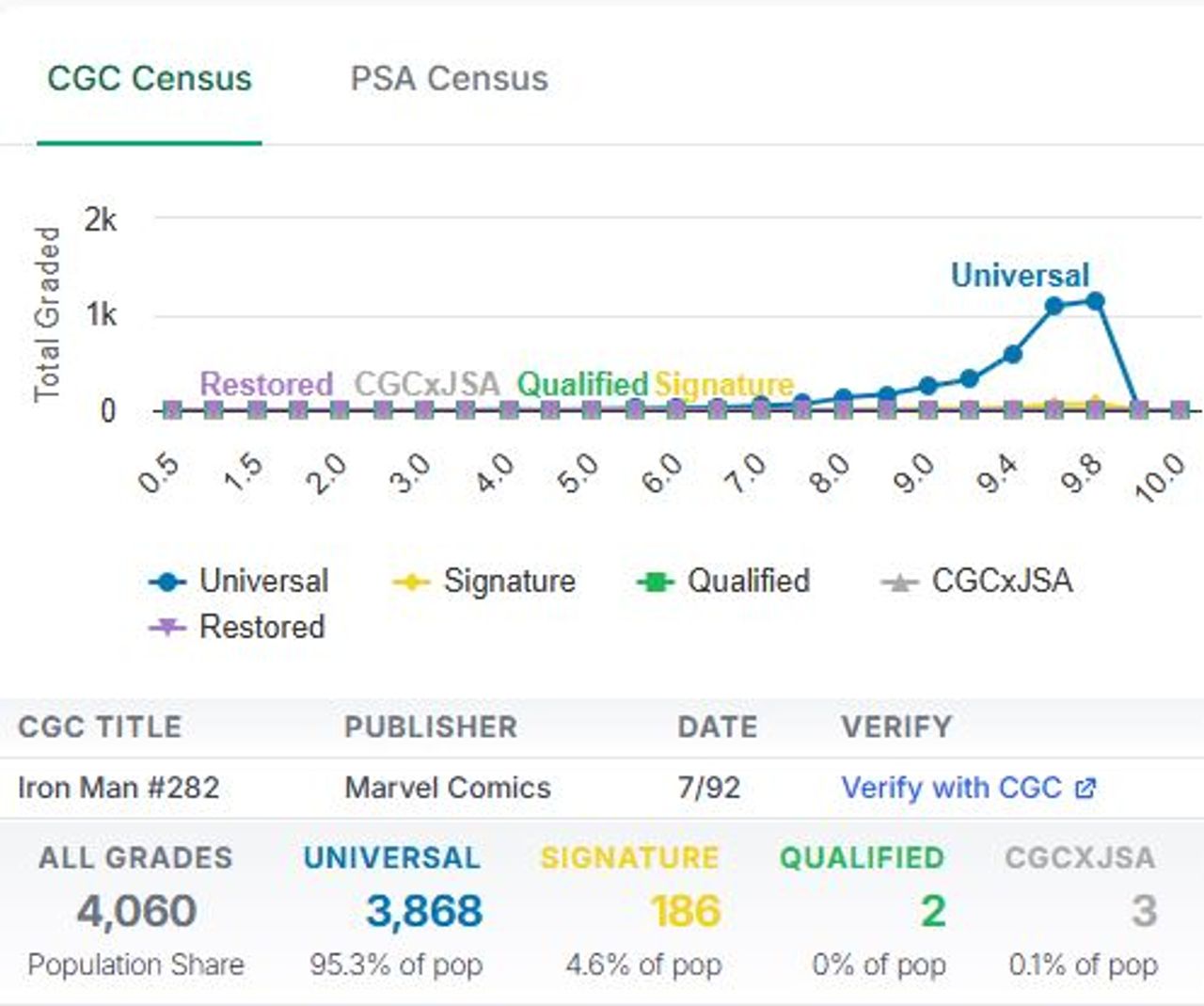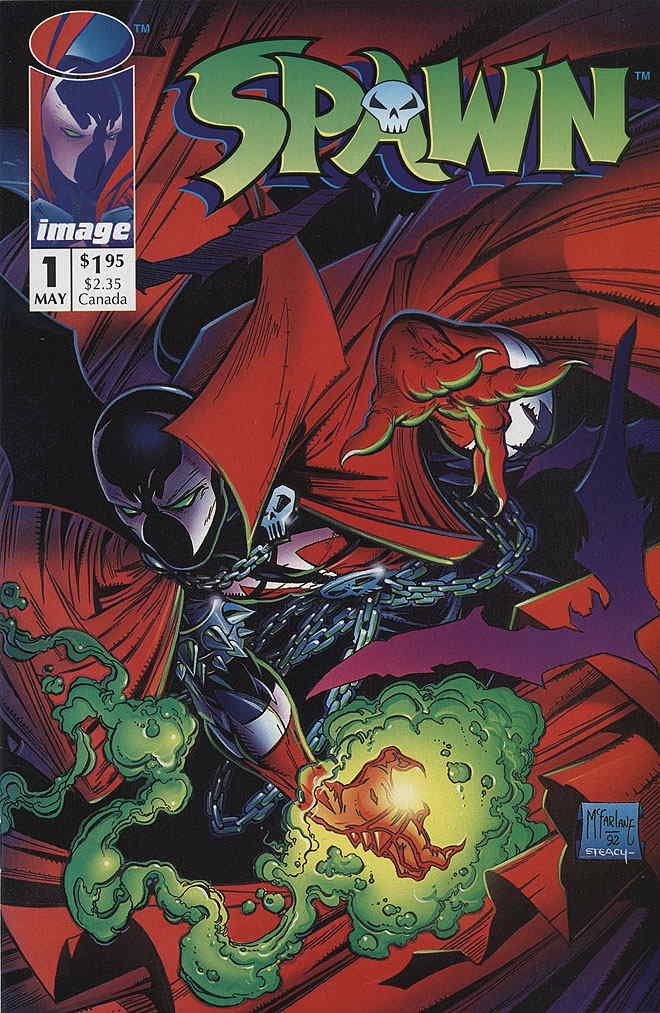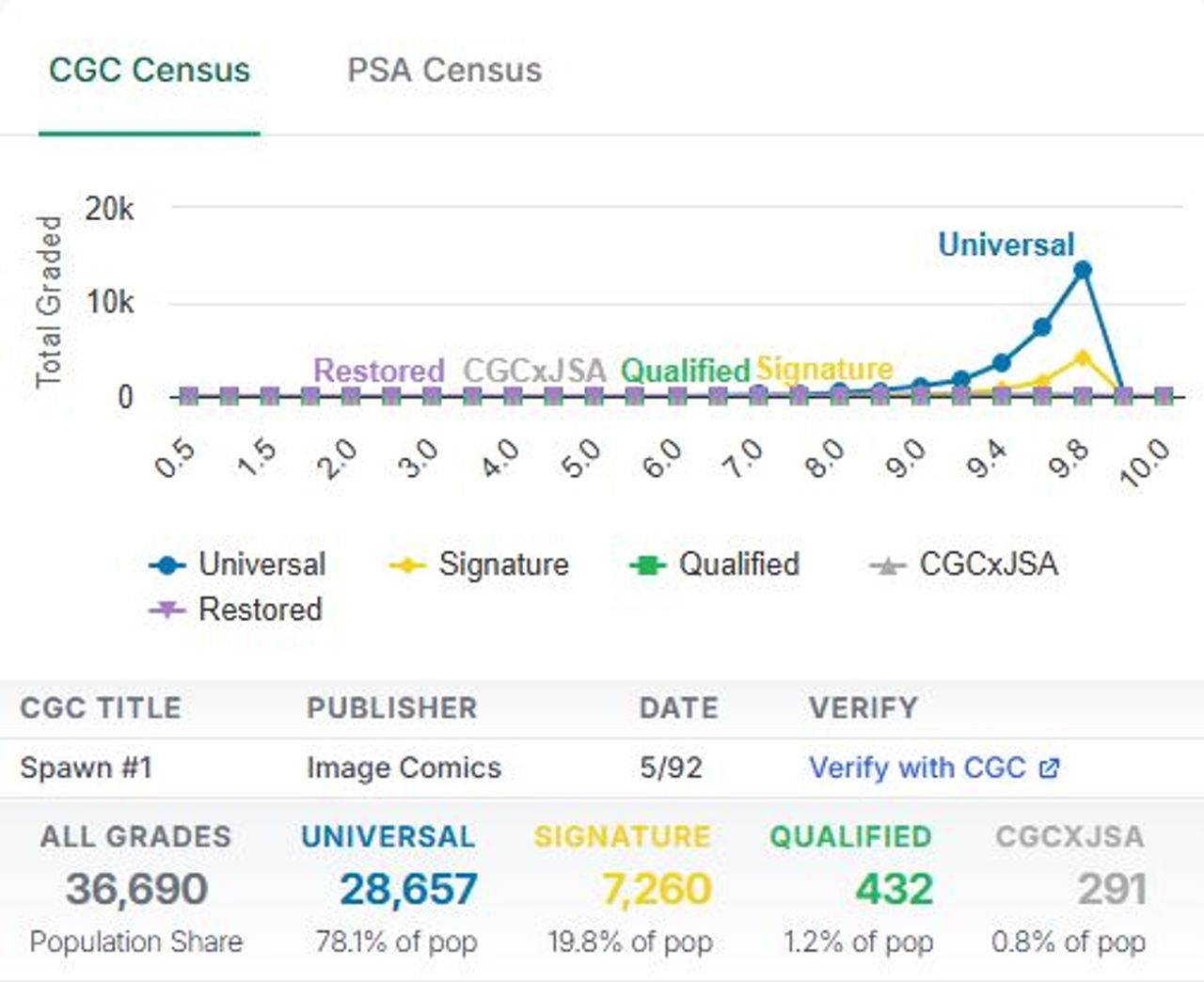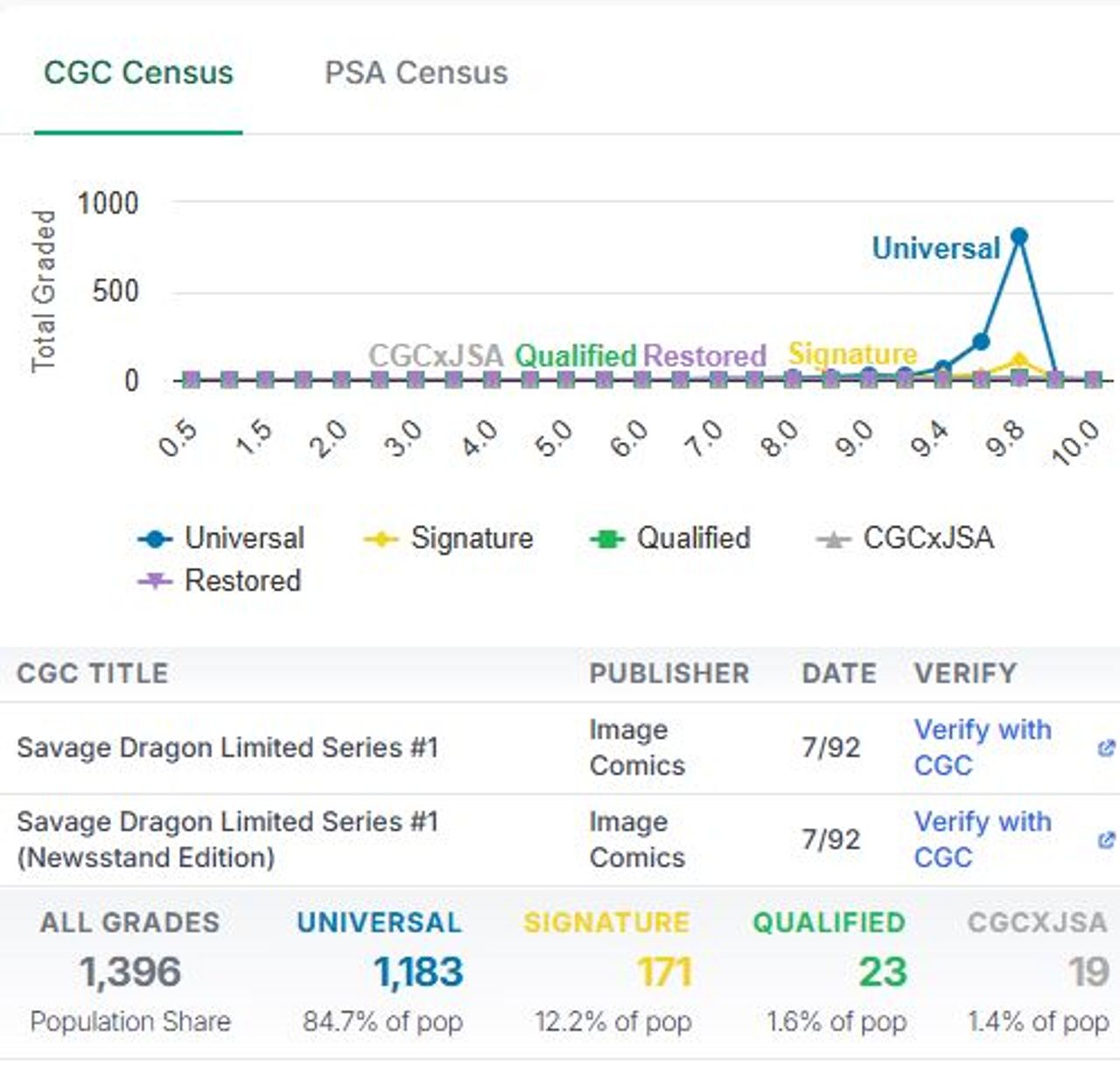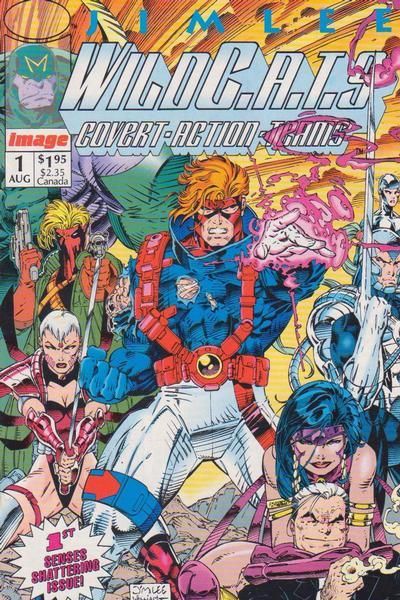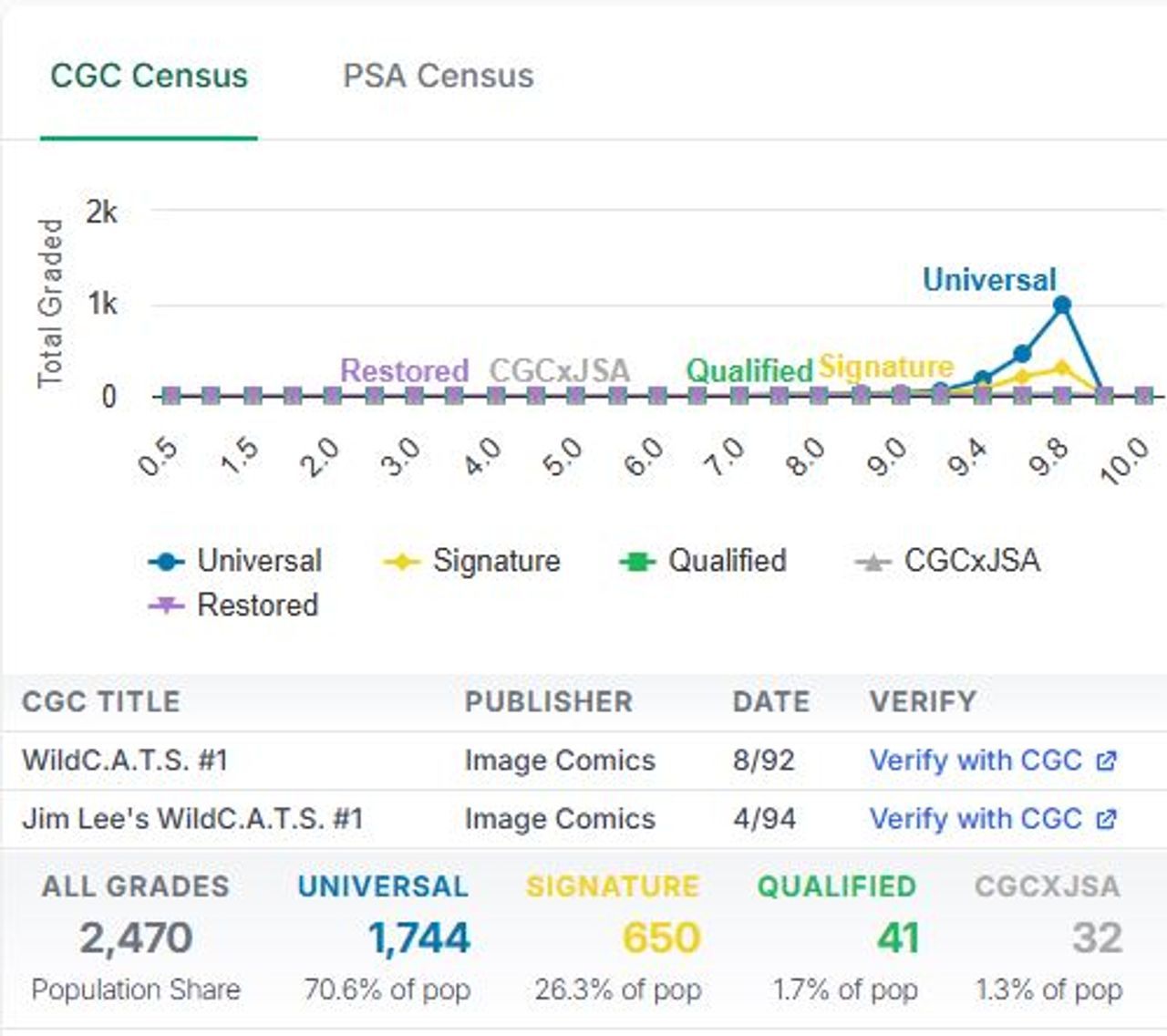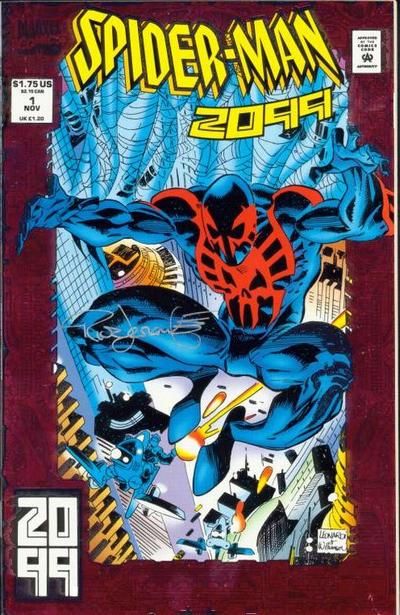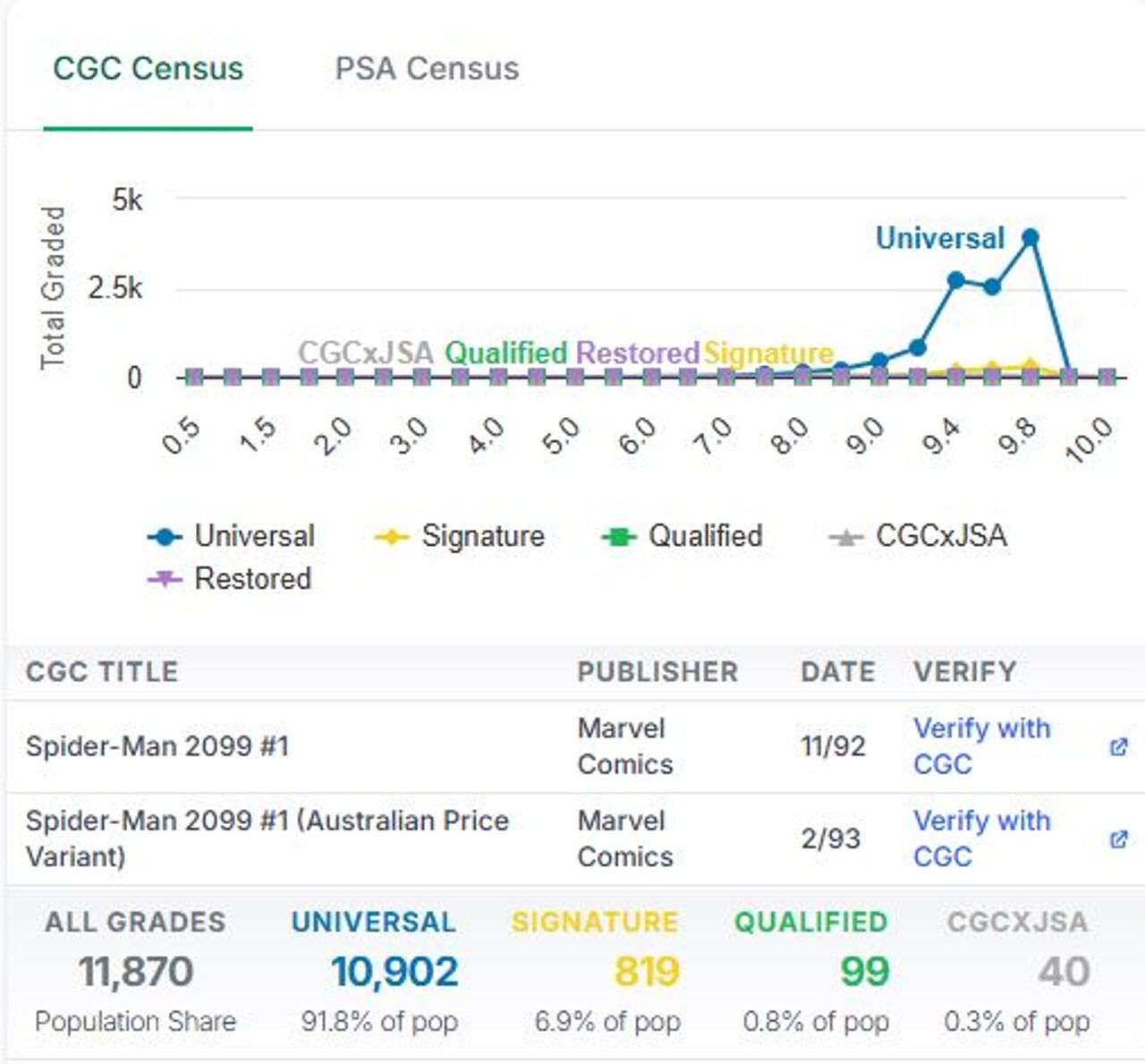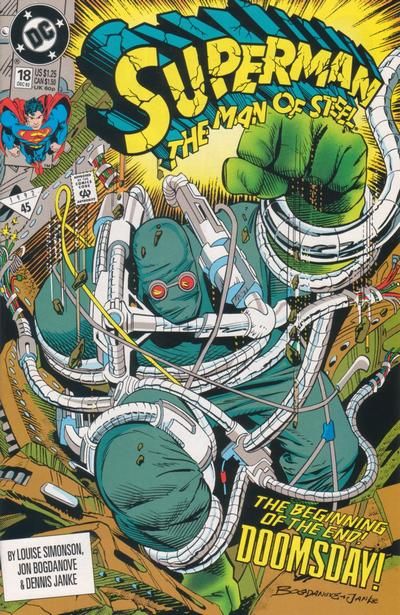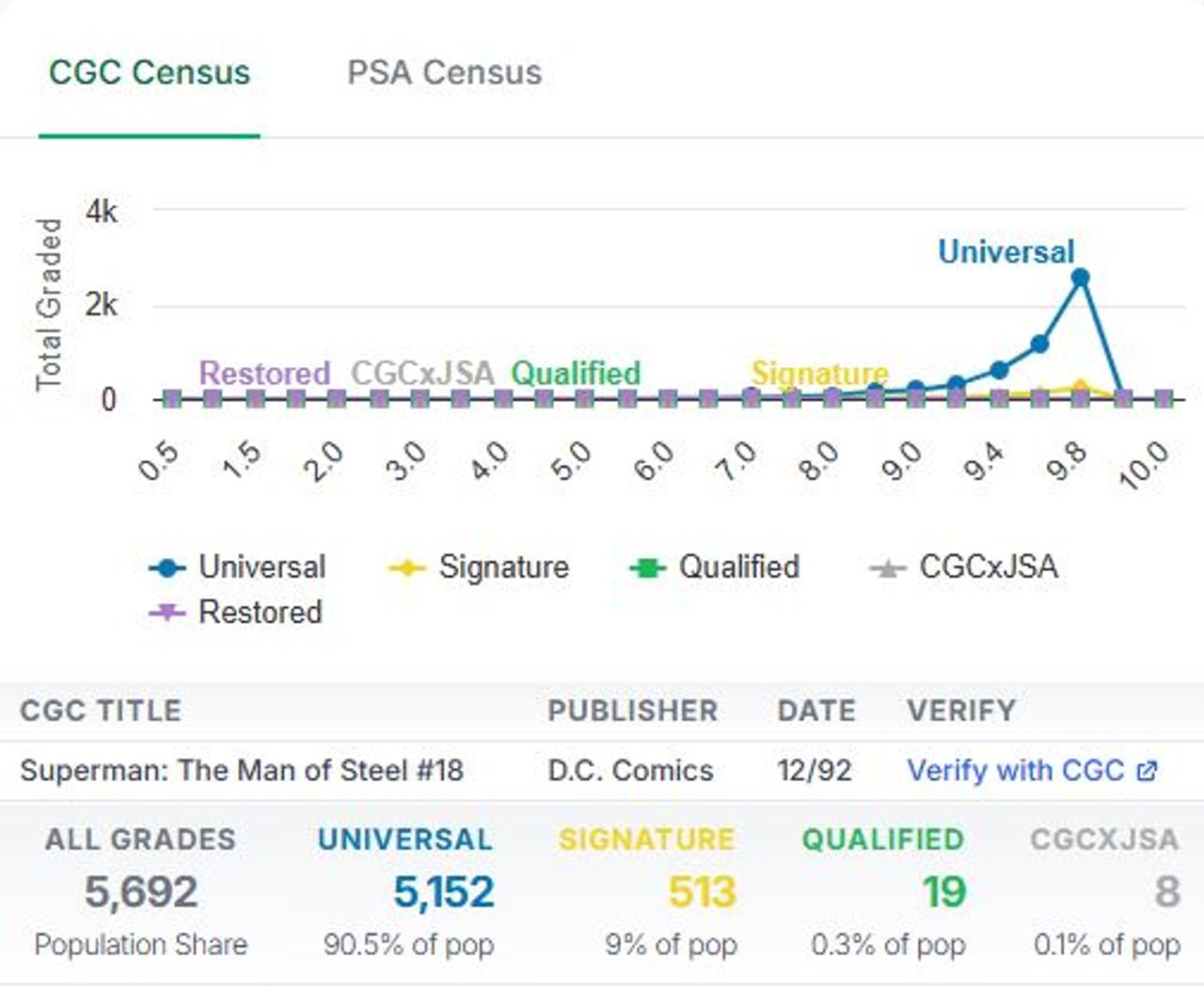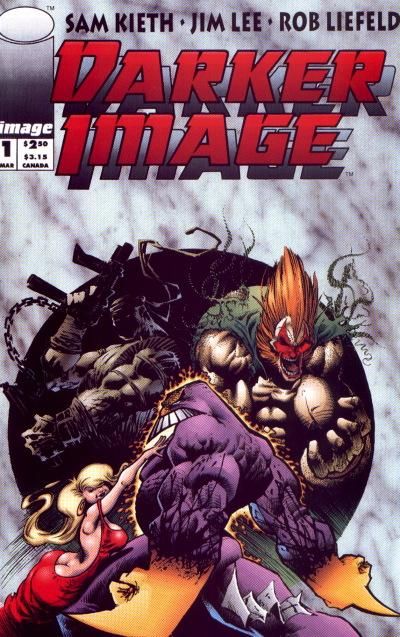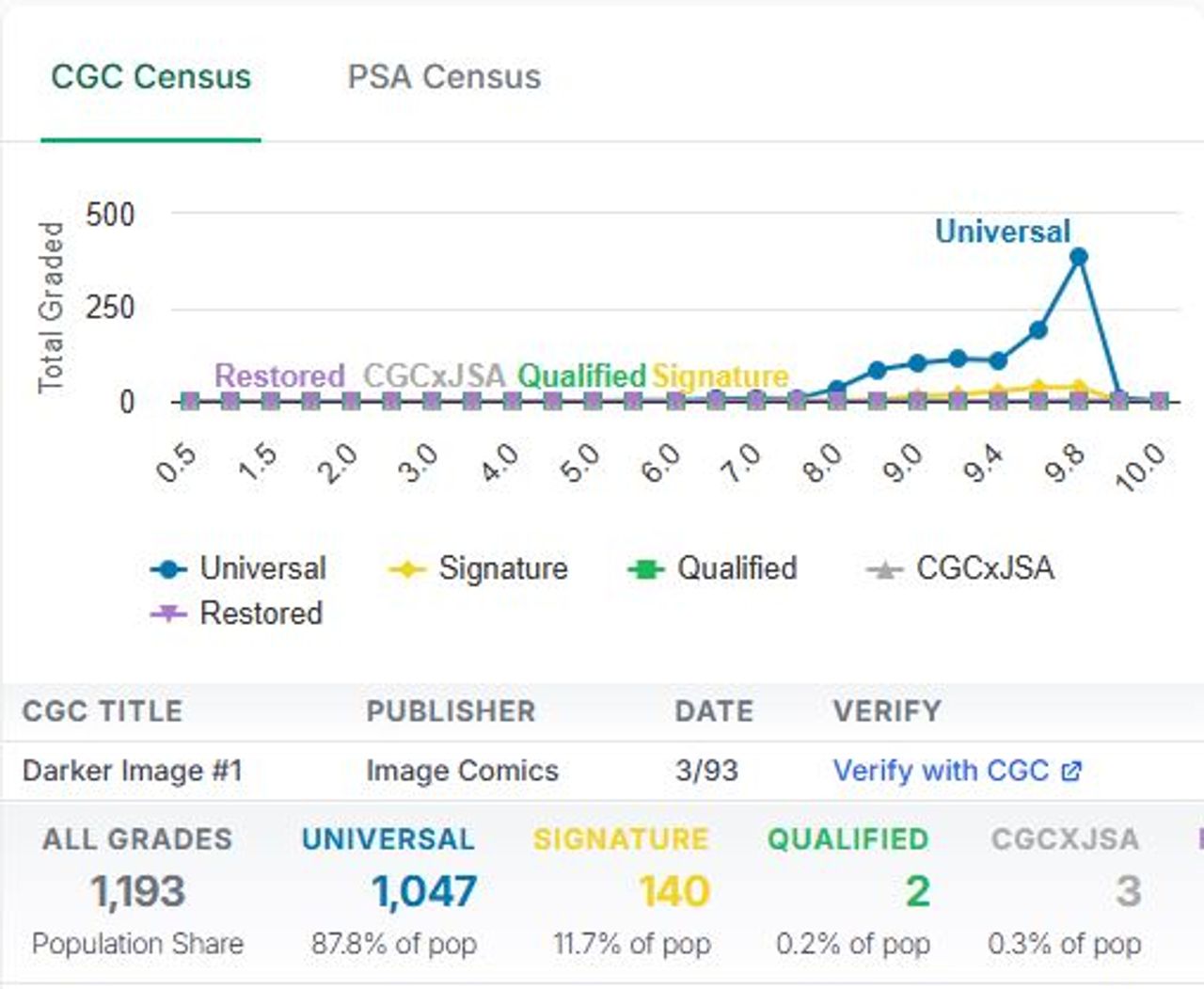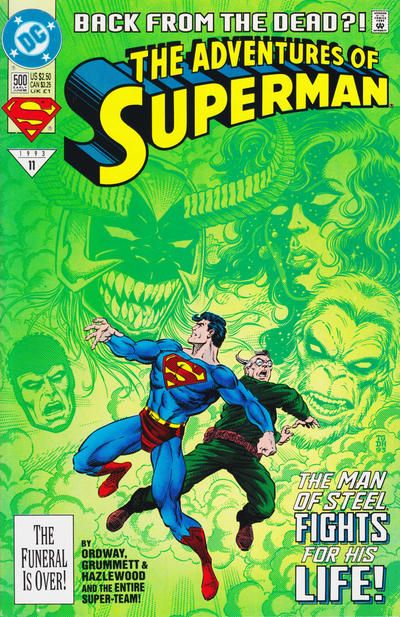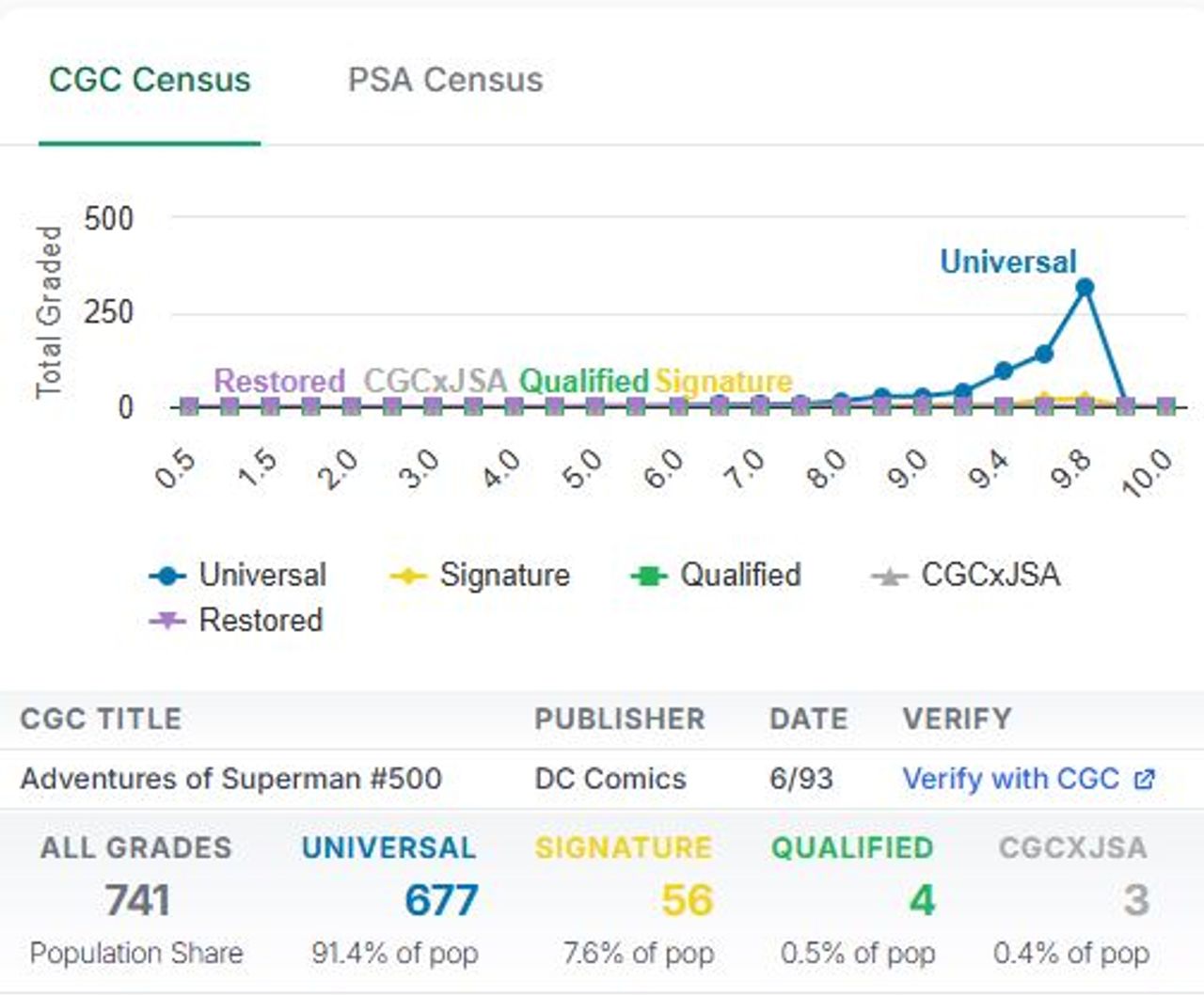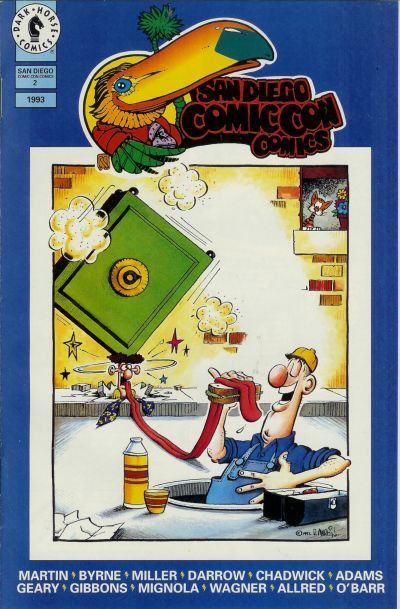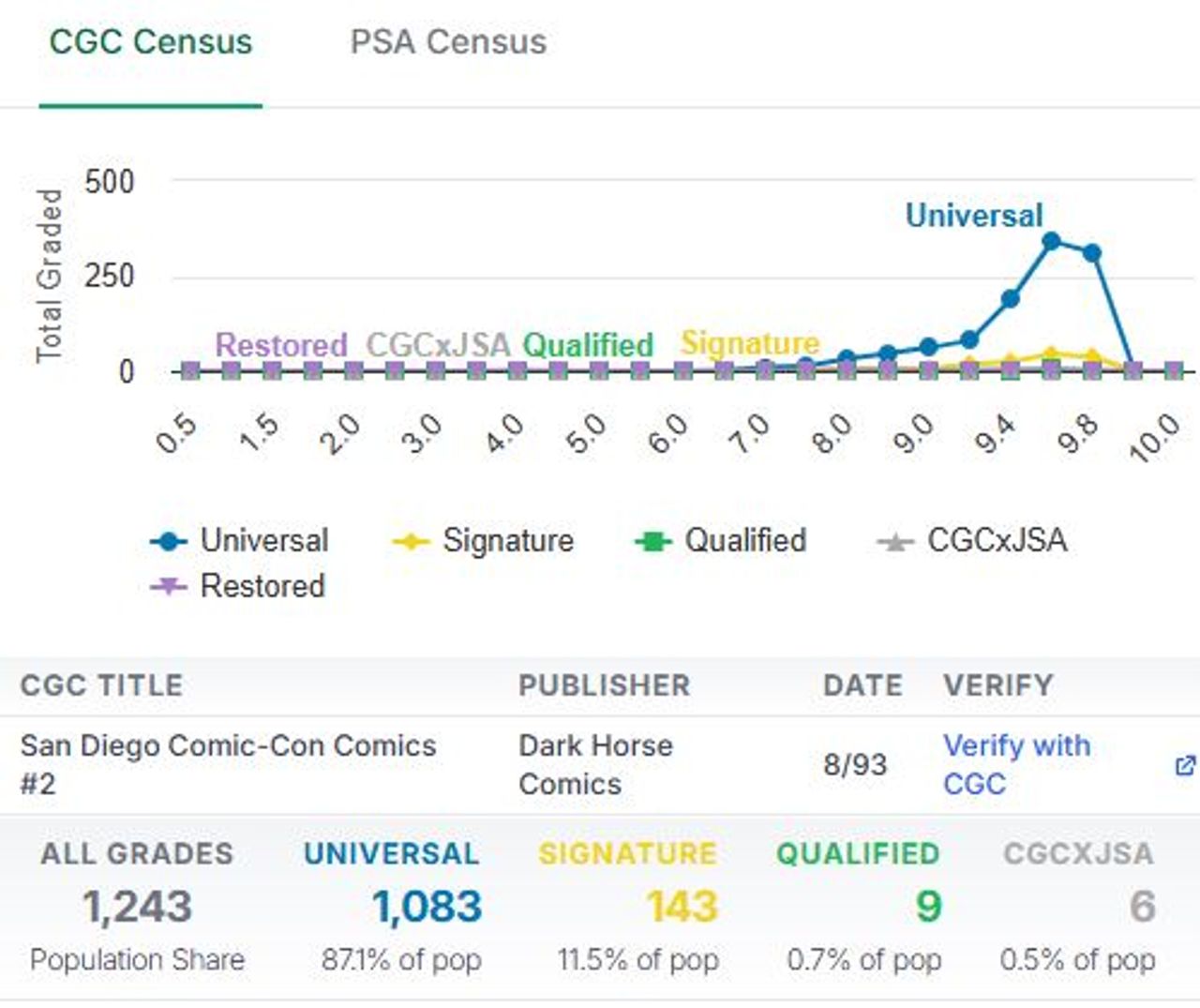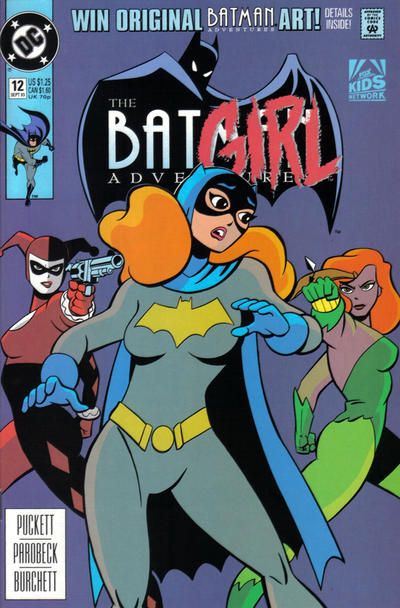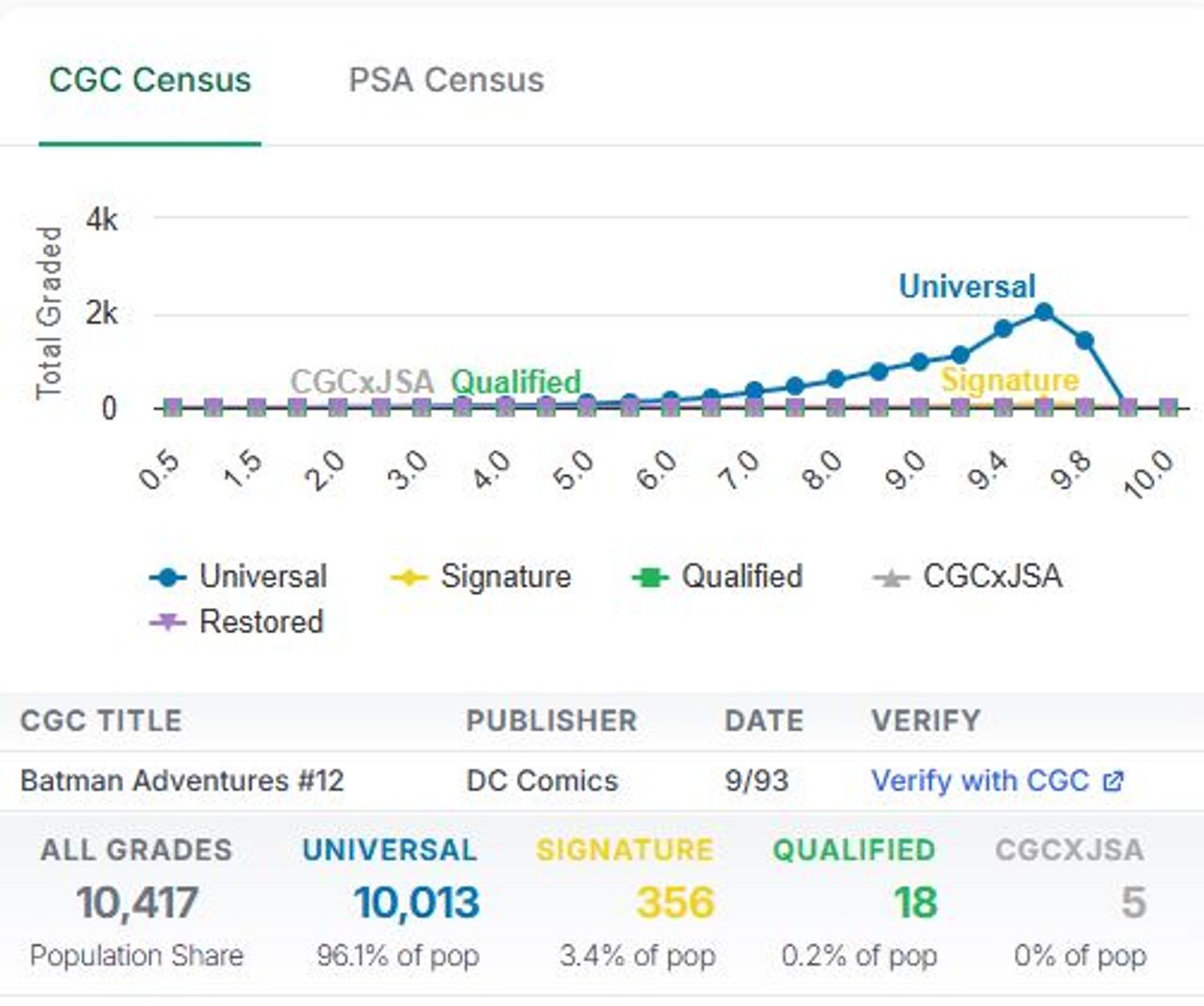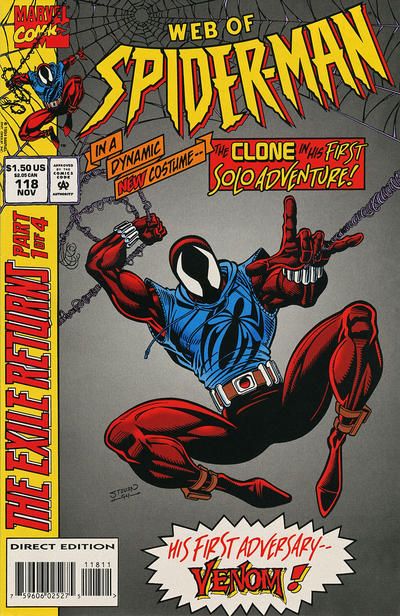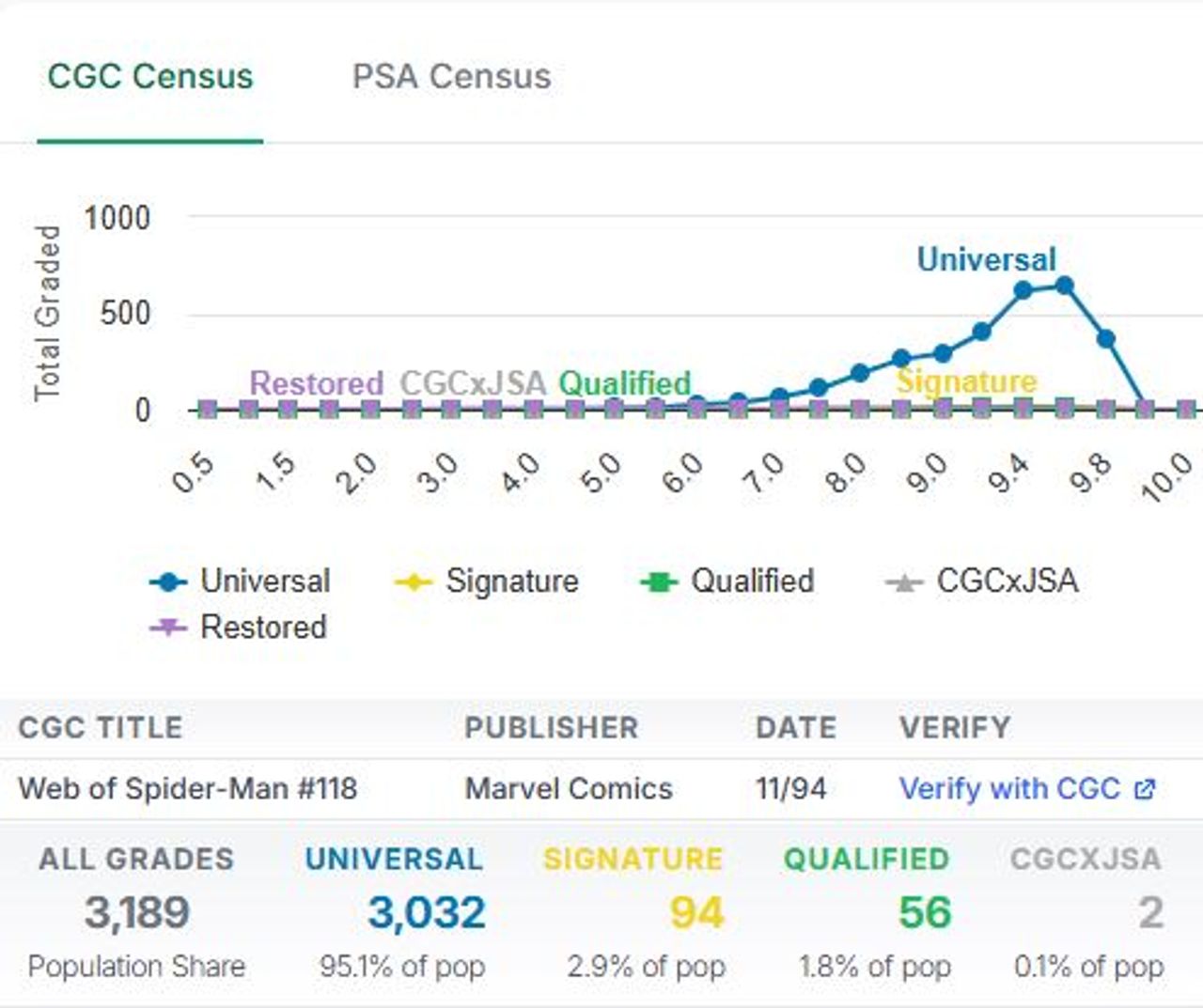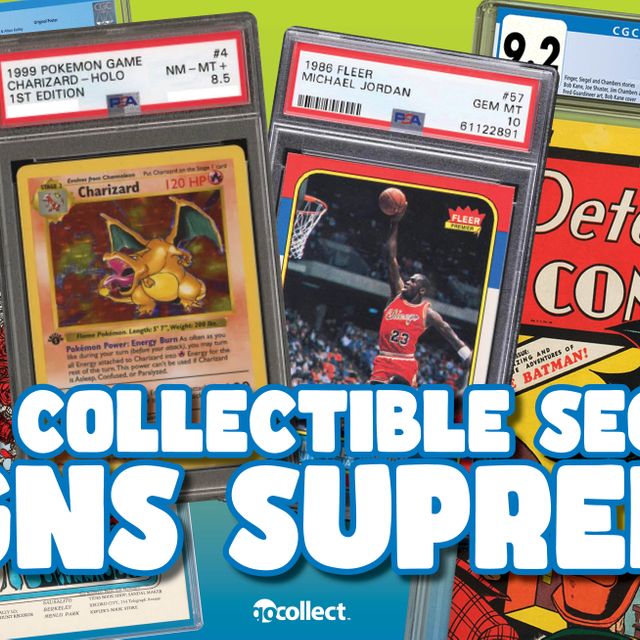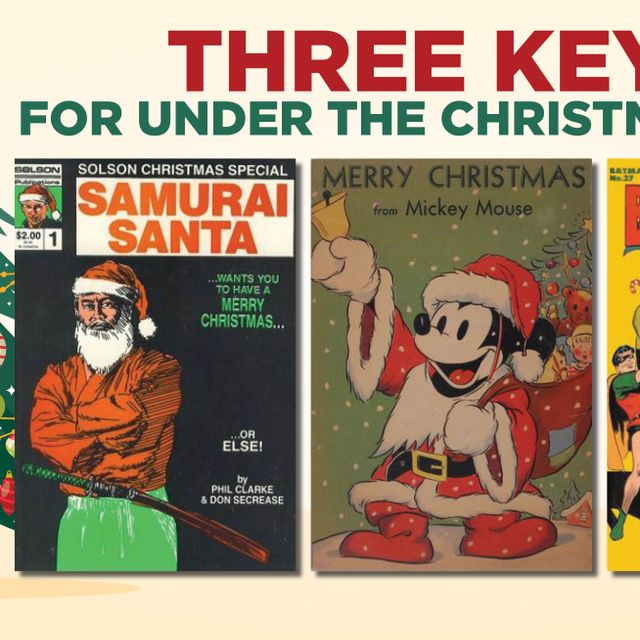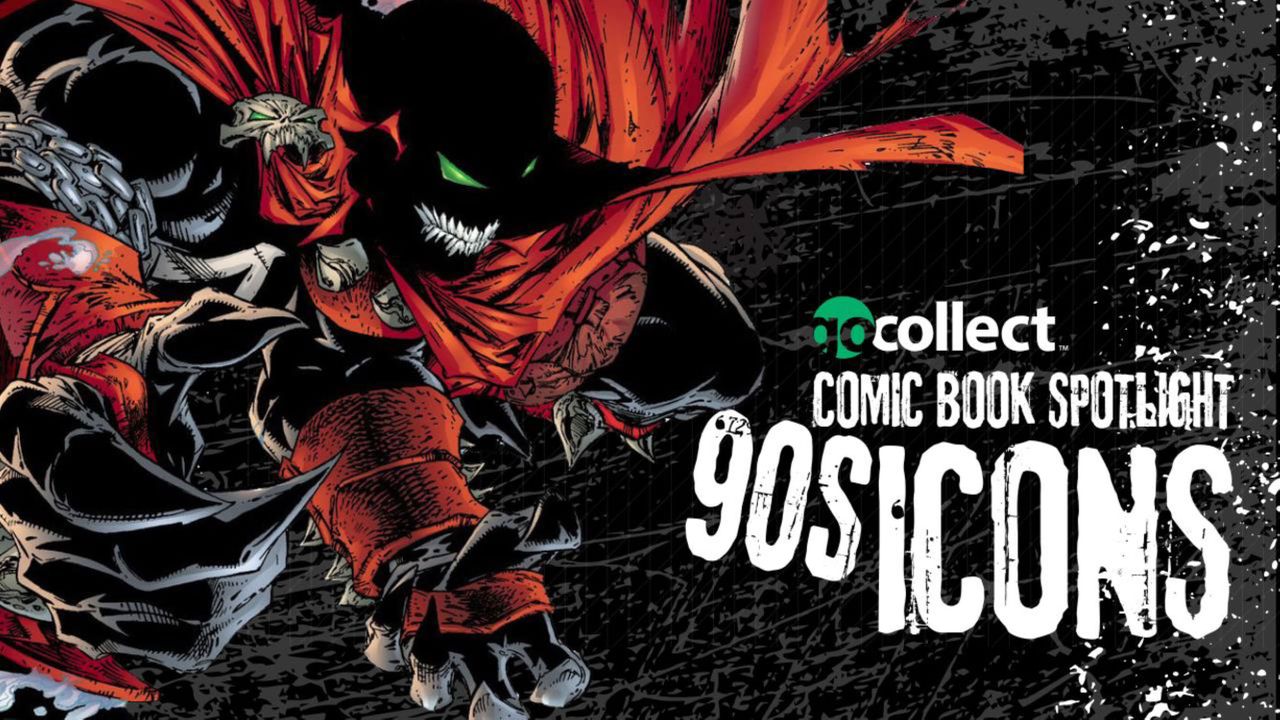
Amid the flashy, foil-embossed covers and gritty artwork, several legendary characters made their indelible mark on the comic world and marked their places in pop culture history. This era saw the rise of modern juggernauts like the "Merc with a Mouth," Deadpool, whose blend of meta-humor and bloody action perfectly captured the decade's sensibility. It also gave us Harley Quinn, a character who made the unprecedented leap from the small screen to comic book icon. Furthermore, the 90s championed cult favorites and auteur creations like Mike Mignola's paranormal investigator Hellboy, Sam Kieth's psychologically complex The Maxx, and Mike Allred's psychedelic hero Madman, proving that the most enduring figures were those who dared to be different.
The collection you are about to explore is not a ranked list or a countdown, but a curated selection of characters who, for different reasons—from explosive popularity to lasting cult status—truly defined the comic fandom of the 90s. Each entry is accompanied by a hyperlink to their first appearance and a glimpse of its certified CGC grade to illustrate its significance in collector history. As you enjoy these fan-favorite picks, you might notice the absence of other powerhouses of the decade. Rest assured, the figures we have chosen represent the bold, chaotic, and diverse energy of this unforgettable era.
MadmanCreatures of the Id #1 (Caliber Press, 1990) We'll start with Frank Einstein, better known as the cult classic superhero Madman. Created by Mike Allred, Madman is a fun mix of pop art, whimsy, and sci-fi action, and serves as a unique tribute to Frank Sinatra and Albert Einstein. | ||
CableNew Mutants #87 (Marvel Comics, 1990) The time-traveling mutant mercenary, Cable, is the son of Cyclops (Scott Summers) and Jean Grey's clone, Madelyne Pryor. Infected with a techno-organic virus by Apocalypse as an infant, he was sent to the future to find a cure. Returning to his own time, he took over and renamed the New Mutants as the mutant commando team, X-Force. Created by writer Louise Simonson and artist Rob Liefeld, Cable became a fan favorite, overshadowing even some other characters who will appear on this list. | ||
Ghost Rider | ||
GambitUncanny X-Men #266 (Marvel Comics, 1990) Remy LeBeau, better known as the charismatic mutant Gambit, is a master thief and popular member of the X-Men. He can charge objects, primarily playing cards, with kinetic energy, causing them to explode. His debut sparked confusion because Uncanny X-Men Annual #14 was released before Uncanny X-Men #266 in 1990, although #266's story chronologically precedes the annual. The comic collecting community recognizes Uncanny X-Men #266 as Gambit's definitive first full appearance. | ||
DeadpoolNew Mutants #98 (Marvel Comics, 1991) Deadpool, Wade Wilson, is the "Merc with a Mouth," constantly making sarcastic jokes, quips, and breaking the fourth wall, even during the most dire situations. While he debuted in New Mutants #98, he didn't become a massive fan favorite until later in the '90s, and his status as one of Marvel's most popular and iconic characters was cemented by actor Ryan Reynolds. | ||
DarkhawkDarkhawk #1 (Marvel Comics, 1991) Christopher Powell becomes the superhero Darkhawk after finding a mysterious amulet that allows him to switch places with a powerful, avian-armored android. Originally a street-level hero, his story eventually expanded into a cosmic adventure with ties to the Shi'ar Empire, a factor that, along with his 90s aesthetic and relatable teenage struggles, helped make him a cult favorite. | ||
Squirrel GirlMarvel Super-Heroes #8 (Marvel Comics, 1992) The Unbeatable Squirrel Girl, Doreen Green is famous for improbably defeating some of Marvel's most powerful villains, including Doctor Doom and Thanos, using her cleverness and unconventional squirrel-based powers. Created in the '90s by writer Will Murray and artist Steve Ditko, the character gained immense popularity in the 2010s after being obscure for many years. | ||
YoungbloodYoungblood #1 (Image Comics, 1992) Rob Liefeld's Youngblood, featuring government-sanctioned heroes who are also self-serving celebrities, was the first comic published by Image Comics. Its unprecedented commercial success demonstrated the viability of the creator-owned comics and challenged the dominance of Marvel and DC. | ||
CarnageAmazing Spider-Man #361 (Marvel Comics, 1992) The Venom symbiote's "offspring" bonded with the deranged serial killer Cletus Kasady. He became the psychopathic supervillain, Carnage. Known for his extreme brutality and nihilistic worldview. He embodied the darker, more cynical spirit of 90s comics. | ||
War MachineIron Man #282 (Marvel Comics, 1992) James "Rhodey" Rhodes first appeared in Iron Man #118 in 1979 as Tony Stark's personal pilot. He later took on the mantle of Iron Man when Tony was incapacitated by alcoholism. Rhodes became War Machine after Tony Stark, believing he was dying, created a heavily armed and armored suit specifically for him to continue his legacy. After Stark survived and returned as Iron Man; Rhodes kept the suit and the moniker, deciding to be a hero in his own right. | ||
SpawnCreated by Todd McFarlane, Spawn emerged as a defining symbol of the 1990s comic book scene, combining dark, gritty themes with supernatural horror and stylish, highly detailed artwork. Its iconic status was further cemented by McFarlane's branding genius, which extended the franchise into a popular toy line and an HBO animated series. As a flagship title for Image Comics, Spawn has maintained its longevity and independence, earning a Guinness World Record in 2019 for the longest-running creator-owned superhero comic book series in the world. | ||
Savage DragonSavage Dragon #1 (Image Comics, 1992) Created by Erik Larsen, the green-skinned, fin-headed Savage Dragon is a Chicago police officer who fights superpowered criminals. The comic is important for exploring the era's raw, gritty aesthetic and for demonstrating the viability of the creator-owned comic book model. The series' enduring nature, with Larsen as its consistent writer and artist, solidified its revolutionary status within the industry. | ||
WildCATSWildCATS #1 (Image Comics, 1992) Jim Lee's WildC.A.T.s: Covert Action Teams, centered on an ongoing secret war between two alien races who had crash-landed on Earth centuries ago: the heroic Kherubim and the sinister Daemonites. Known for its spectacular art, the series was a cornerstone of Image Comics and established the Wildstorm Universe. The short-lived 1994 animated series based on the comic featured a catchy rock-themed song, with the memorable lyrics: "WildCATS, WildCATS, WildCATS!... | ||
Spider-Man 2099Spider-Man 2099 #1 (Marvel Comics, 1992) Spider-Man 2099, Miguel O'Hara, a brilliant geneticist from the dystopian future of Nueva York. After a laboratory accident rewrites his DNA, he gains new spider-like abilities and, with a technologically advanced suit, becomes his era's Spider-Man. By introducing an entirely new character under the Spider-Man mantle from a distinct alternate future, he is widely regarded as one of the first and most pivotal characters to establish the concept of the "Spider-Verse," paving the way for other iconic Spider-heroes like Miles Morales and Spider-Gwen | ||
DoomsdaySuperman: The Man of Steel #18 (DC Comics, 1992) Doomsday is a monstrous, genetically engineered Kryptonian creature who was created through a brutal process of forced evolution, repeatedly killed and cloned to adapt against whatever previously destroyed it.Doomsday debuted as the catalyst for "The Death of Superman," embarking on a rampage that led to a brutal, climactic battle where both he and Superman beat each other to death. This event created a worldwide cultural phenomenon and sparked a collector frenzy in the 90s. | ||
The MaxxDarker Image #1 (Image Comics, 1993) Darker Image #1, featured the first modern appearance of Sam Kieth's the Maxx.The Maxx is a psychedelic and psychologically complex comic series that gained a wider audience through its cult classic animated adaptation on MTV's Oddities in 1995. The MTV adaptation was celebrated for its faithfulness to the source material, often using scans of Kieth's original artwork and experimental mixed-media animation to preserve the comic's surreal and unsettling atmosphere. | ||
Reign of Supermen: Steel, Cyborg Superman, Superboy, and EradicatorAdventures of Superman #500 (DC Comics, 1993) Officially kicking off the "Reign of the Supermen" storyline following Superman's death. This is debut of four distinct heroes who emerged to fill the void left by Superman, each laying claim to his legacy. The issue briefly introduced the Last Son of Krypton, a ruthless and powerful Kryptonian enforcer; Steel, a human engineer who fashioned a super-suit in Superman's honor; Superboy, a teenage Superman clone created by Project Cadmus; and the Cyborg Superman, a character with cybernetic parts who most closely resembled the original hero. These debuts, born from the massive public and media attention surrounding the Death of Superman, established the four characters as definitive 90s icons, with Steel and Superboy, in particular, enduring as major figures in the DC Universe. | ||
HellboySan Diego Comic-Com Comics #2 (Dark Horse Comics, 1993) Mike Mignola's Hellboy has a complex debut history, with his first appearances scattered across several comics before his first solo series launched in 1994. The earliest published image of Hellboy, a prototype design by Mignola, appeared on the cover of the Italian fanzine Dime Press #4 in May 1993. His first multi-page narrative story, a four-page black-and-white feature in San Diego Comic-Con Comics #2 in August 1993. Hellboy's first appearance in a nationally distributed, full-color comic came in December 1993 as a crossover guest in John Byrne's Next Men #21. | ||
Harley QuinnThe Batman Adventures #12 (DC Comics, 1993) Harley Quinn first appeared in the 1992 Batman: The Animated Series episode "Joker's Favor," instantly becoming a 90s icon whose popularity quickly warranted a jump to print. Her official first comic appearance was in The Batman Adventures #12, a tie-in to the animated universe, cementing her status as a breakout star whose chaotic, captivating energy and toxic-but-charming persona defined a generation's counter-culture. Today, she is one of DC's most relevant characters, consistently headlining solo comics, films, and animated shows as a complex antihero who has moved past the Joker and embraced an independent, empowering identity. | ||
Scarlet SpiderWeb of Spider-Man #118 (Marvel Comics, 1994) Ben Reilly, the Scarlet Spider, is a clone of Peter Parker who first debuted in The Amazing Spider−Man #149 (1975) before returning to prominence in the mid-90s "Clone Saga," where he became a fan favorite in his iconic red and blue hoodie costume. Though the storyline was controversial, fans embraced Ben's kind, heroic nature, which led to him briefly replacing Peter as Spider-Man. His appearance in Spider−Man: Across the Spider−Verse was a brilliant nod to this era, where he was hilariously depicted as an angst-ridden '90s hero, perfectly brought to life by Andy Samberg's deadpan, self-serious voiceover work | ||
As we close the book on the 90s, it's clear this decade gave us unforgettable icons that defined a chaotic and creative era. From anti-heroes to independent legends, the characters we've highlighted truly embody the decade's unique spirit.
But the conversation continues!
For a deeper dive into these icons and our "Honorable Mentions," be sure to watch our special video discussion with Mickey "Swagglehaus" Finnegan here:
We encourage you to share your thoughts and keep the conversation alive in the comments!
Stay tuned—our look at the 80s Comic Book Icons is coming soon!
